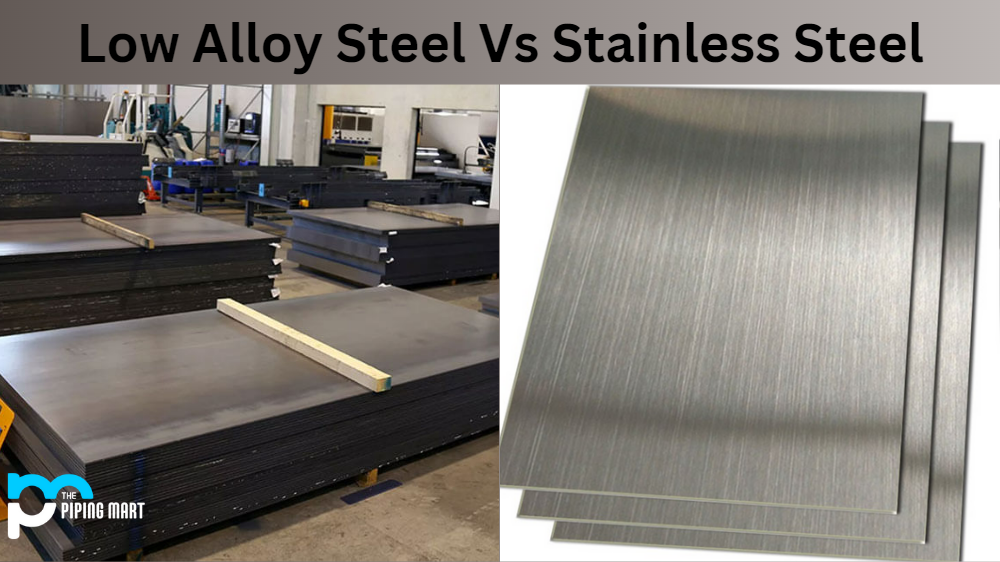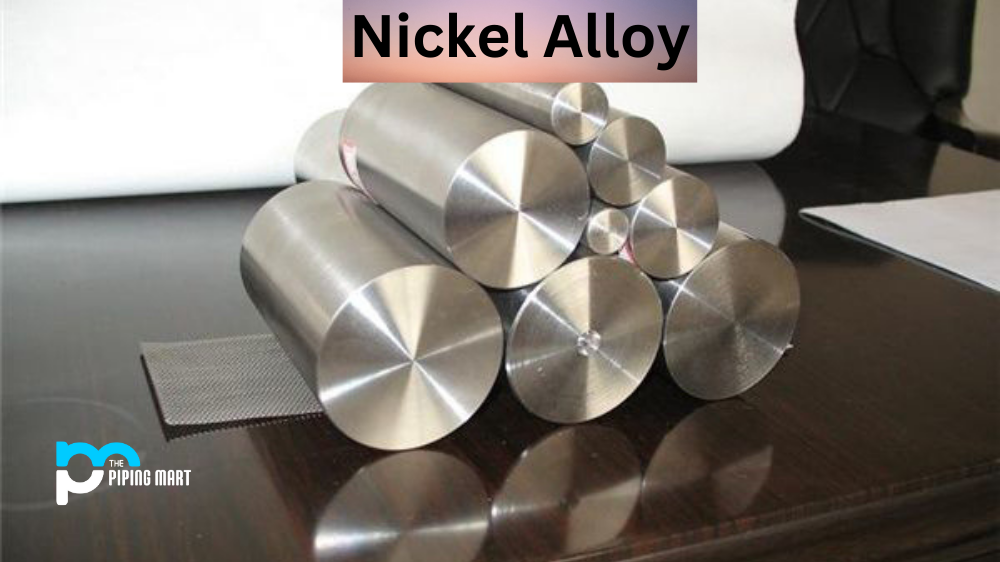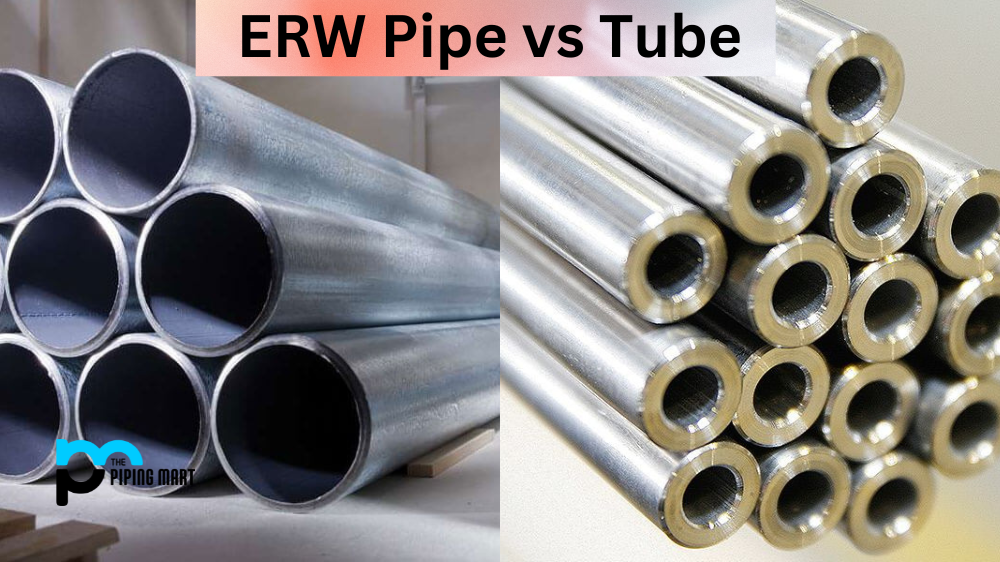If you’re looking for an advanced metal material for your project, two of the most popular options are low alloy steel and stainless steel. But what’s the difference between them? In this blog post, we will discuss the differences between these two materials and when it is best to use one over the other.
Low Alloy Steel
Low alloy steel is a combination of elements such as iron, carbon, and other metals that have been added to improve certain properties like strength or corrosion resistance. It is commonly used in applications involving high-temperature service or corrosive environments because of its better properties than plain carbon steel. Low alloy steels do not contain more than 5% total alloying elements, so they are inexpensive compared to other types of steel. Additionally, they can be machined with regular tools and welded using common welding techniques.
Stainless Steel
Stainless steel is made up of a combination of chromium (usually at least 10.5%) and other metals like nickel, molybdenum, titanium, copper, nitrogen and nitrogen-alloyed steels. The chromium content gives stainless steel its unique corrosion resistance properties; it makes it resistant to oxidation and rust formation. This makes stainless steel ideal for applications where corrosion or oxidation could be a problem, such as medical instruments or kitchen appliances. Stainless steel also has excellent mechanical properties like strength-to-weight ratio, making it perfect for applications requiring strength and corrosion resistance. However, stainless steel can be difficult to machine due to its higher hardness compared to low alloy steels, which means special tooling may be required for machining operations. Additionally, stainless steel requires specialized welding techniques due to its higher hardness than traditional carbon steel.
Difference Between Low Alloy Steel and Stainless Steel
Composition
Low alloy steel contains a small amount of alloying elements, typically no more than 5%. The most common alloying elements are manganese, chromium, nickel, molybdenum, and copper. Stainless steel, on the other hand, is an iron-based alloy that contains a minimum of 10.5% chromium.
Properties
Low alloy steel typically has a lower tensile strength than stainless steel. However, it also has a lower carbon content, which makes it less susceptible to corrosion. Stainless steel, on the other hand, is highly resistant to corrosion due to its high chromium content.
Uses
Low alloy steel is often used in applications where strength is not the primary concern, such as in pipelines or storage tanks. It is also often used in automotive applications. Stainless steel, on the other hand, is often used in food processing and preparation equipment as well as in medical devices and instruments.
Cost
Low alloy steel is typically less expensive than stainless steel. This is due to the fact that it contains fewer alloying elements and does not require the same level of processing as stainless steel.
Maintenance
Both low alloy steel and stainless steel require little maintenance. However, stainless steel may require more frequent cleaning due to its high corrosion resistance.
Conclusion:
Both low alloy steel and stainless steel have advantages depending on the application they are used for. Low alloy steel is an excellent choice for applications requiring good strength at a lower cost. In contrast, stainless steel excels in applications requiring superior corrosion resistance or extreme temperatures where oxidation could be a problem. Knowing the difference between these two materials will help you make an informed decision when choosing the best suited for your needs!

Abhishek is a seasoned blogger and industry expert, sharing his insights and knowledge on various topics. With his research, Abhishek offers valuable insights and tips for professionals and enthusiasts. Follow him for expert advice on the latest trends and developments in the metal industry.




